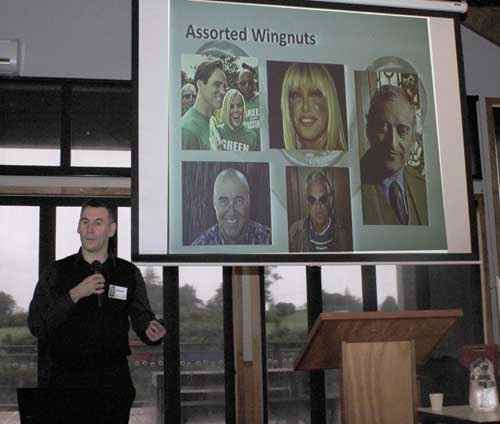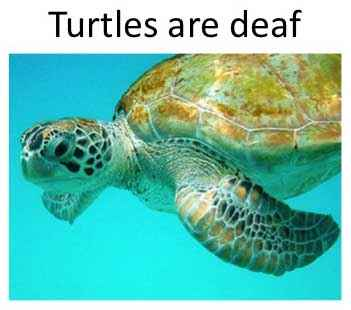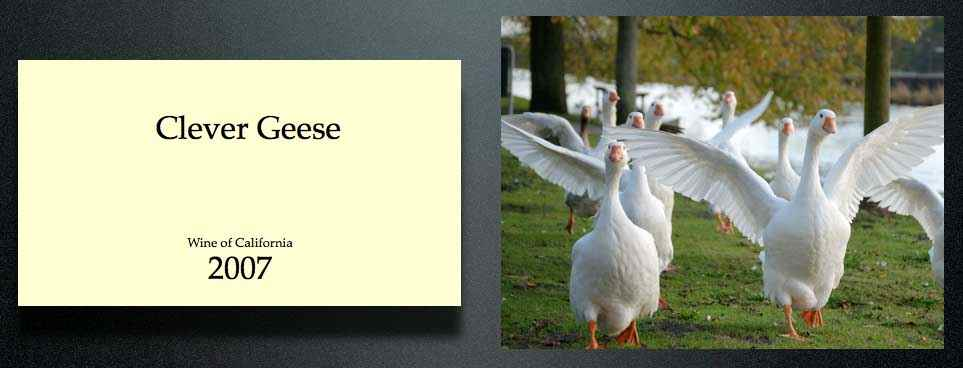The tragedy of old age is not that one is old, but that one is young. – Oscar Wilde, The Picture of Dorian Gray (1891).
In 2011, I gave a talk at the NZ Skeptics conference in Christchurch titled ‘Biology and Mortality: the Mysterious Fears of Our Nature’. I used my photographs to show how memorial art is an expression of one of the mysteries of life, which is what happens to us once we are dead. This article arose from a bizarre story about a man from California and how he planned to spend eternity. Along the way, it embraced embalming, shoes for the afterlife, crypts and cryonics.
On August 30 1986, at the age of 81, Richard F (Freddie) Poncher from Los Angeles, California died. As is the tradition for American funerals, his body was dressed and made up, so that he looked asleep, rather than dead. After the funeral, the coffin was closed and slid into a crypt he had bought in a community mausoleum called the Corridor of Memories in Westwood Village Memorial Park Cemetery, Los Angeles. Crypts in community mausoleums look like rows of marble-fronted filing cabinets and this one was four crypts high. He had one person above him and two below. End of story, except for one small detail: Freddie insisted that after the funeral, his body was to be rotated, so he would spend eternity face down in his coffin. Why would he want his body to appear as if it was lying on top of the person who was below him and face up? After all, they were both dead. But planning for eternity is big business in the United States, and preservatives, the right shoes and cryonics may help you get to the other side.

I’ll get back to Freddie, but first a few words from Mary Shelley, who wrote Frankenstein. In 1831, 13 years after it had first been published in 1818, Mary wrote an introduction to a revised version of her book. She explained how she had wanted to tell a story that spoke to the “mysterious fears of our nature”. As Victor Frankenstein wrote:
“I beheld the corruption of death succeed to the blooming cheek of life; I saw how the worm inherited the wonders of the eye and brain.”
Faith can conjure up an afterlife, a reward beyond the grave, but what if science, rather than the supernatural, could become our savior?
Once the sparks started to fly, Frankenstein’s creation showed us that being dead wasn’t necessarily life-threatening. Mary’s story was about reanimation rather than resurrection, with a warning about the dangers of dabbling in God’s laboratory. It was an afterlife where you had both feet on the ground, but just remember to be careful what you wish for.
Looking your best
This brings me to the blooming cheek of death, mortuary footwear and life in the freezer. In the United States, most people are embalmed before being made up with cosmetics for corpses, which can create a life-like glow. Then you can be displayed to family and friends who say how well and undead you look. It’s not reanimation at Victor’s level, but the wonders of the eye and brain appear intact.
The essence of the ritual is nicely summed up in Frederick and Strubs, Principles and Practice of Embalming: “A funeral service is a social function at which the deceased is the guest of honour and the centre of attention … A poorly prepared body in a beautiful casket is just as incongruous as a young lady appearing at a party in a costly gown and with her hair in curlers.” Embalming slows down decay long enough that, with a mask of makeup, the guest of honour looks like they have just nodded off. And when you are in a padded coffin with a comfortable pillow, in a room called the Slumber Room, the corruption of death is nowhere to be seen. Botoxed and buffed, you are in good shape to head off to the afterlife.

But don’t forget, you will need sensible shoes. In her 1963 book, The American Way of Death, Jessica Mitford quotes from a catalogue of Practical Burial Footwear, which said: “The No. 280 reflects character and station in life. It is superb in styling and provides a formal reflection of successful living.” A sole for a soul. I prefer Woody Allen’s view: “I don’t believe in an afterlife, although I am bringing a change of underwear”.
Freddie and Marilyn
Now back to Freddie. Pillows, shoes and underwear were not on his afterlife bucket list. He was so insistent that he be placed upside down in his coffin, that he told his wife, “If I croak, if you don’t put me upside down over Marilyn, I’ll haunt you the rest of your life”. That’s right: the person lying under him was Marilyn Monroe, who died in 1962. She was still enough of a sex symbol, 24 years after her death, that Freddie was flipped in his coffin, toupée and all, in a creepy and comic gesture. Happy Birthday Mr Poncher, Happy Birthday to you. Had the Corridor of Memories become the Corridor of Mammaries?
Unfortunately, for Freddie, eternity as he planned it was threatened, when in 2009 his wife, Elsie, decided to sell his crypt to help pay off the rest of the mortgage on her Beverley Hills home. She owned the crypt next door, which Freddie had bought for her, and she was going to have him moved off Marilyn and into less racy real estate. Eventually, she planned to join him, in a reduced state, as cremated ashes. Here is the advertisement for the crypt as it appeared on Ebay:
“Here is a once in a lifetime and into eternity opportunity to spend your eternal days directly above Marilyn Monroe. This crypt in the famous Westwood Cemetery in West Los Angeles currently occupied above Marilyn Monroe is being vacated so as to make room for a new resident. ‘Spending Eternity next to Marilyn Monroe is too sweet to pass up’, recently quoted by Hugh Heffner (sic), who has reserved his place in eternity next to her. The lucky bidder will be deeded a piece of real estate that he or she will make their last address. And below you will be Marilyn Monroe. In fact the person occupying the address right now is looking face down on her.”
The ad noted, “Local pick-up offered” and “No returns accepted”.
It appears that spending eternity above Marilyn was not the multi-million dollar drawcard that Elsie had hoped it would be, and for now Freddie remains in his crypt.

When it comes to cryonics, being dead is cool, as your crypt is a lot colder than those of Marilyn and Freddie. In what is another Frankenstein-like stab at reanimation, the dead are injected with cryoprotectants (antifreeze) and frozen in the hope that at sometime in the future, science will be able to wake them up. One scientist said that the chances of a cryonically-frozen person being reanimated, and remembering being the person they used to be, was as likely as making a cow out of hamburger meat that will remember being the cow it used to be. Unfortunately, mush is mush, and to me, selling cryonics is a bit like asking a parachute manufacturer if their product is any good and being told that none of their customers have ever complained. Whether it’s being reanimated or resurrected, I think that most of us would like to think that we could cheat mortality and spend eternity being happy, healthy and undead. The odds aren’t good and I’m sure that the goods would be odd.





